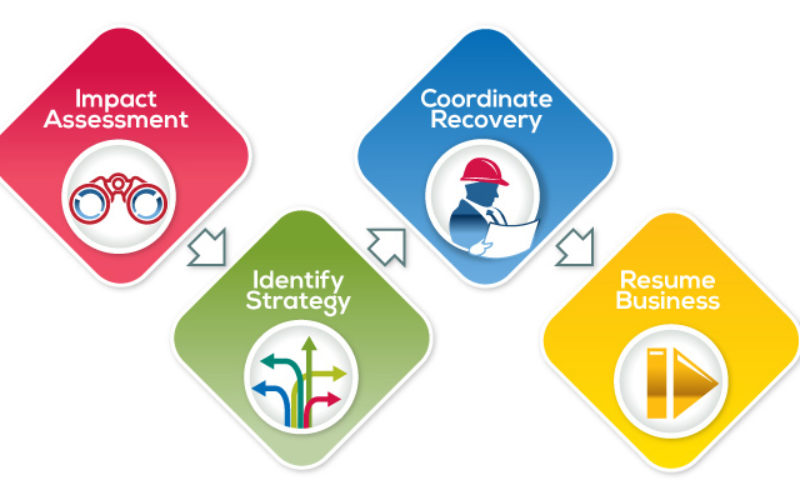One key factor or component to the successful and smooth running of any organization is incident management. An “incident” in short can be seen as any form of customer related task or issue. Most organizations get confused when it involves managing incidents. For the purpose of successfully going through the incident reporting process, check out the 1st Incident Reporting service. The following steps have been put together so as to enable organizations go through the incident management process with ease and lesser stress.
#1: Detection
Identification of problem can be done using several different tools. For example, tools used for monitoring of infrastructure can assist in identifying special resource utilization problems, like memory, disk space, CPU and others. The end user tool has the ability of mimicking the behavior of users and as well identifying the POV problems of users, which include, service availability and the response time. Another tool is the domain specific tools, it helps to detect issues within a particular application or environment such as an ERP or database system.
On the other hand, special issues that are not identified by user behavior or infrastructure tools for monitoring can easily be identified with the help of the users. The problem associated with the users helping in identifying problems, is that it usually occurs late
So, which of the methods will be good for me? Considering the environment, you are in, using multiple methods together as well as multiple tools may be the perfect solution.
#2: Diagnosis
This is the stage where you find out the source of the problem and how you can fix it. Diagnosis stage include escalation and investigation.
Investigation is one of the most difficult and most stressful step in the process. Most people agree that when trying to resolve IT related issues, you spend 80{07e6f45e06b6212b7758d6987e781210b71bc7c7e73296f3ecfd05a590ad5307} of your time on root cause analysis, this is against 20{07e6f45e06b6212b7758d6987e781210b71bc7c7e73296f3ecfd05a590ad5307} that is spent on fixing problems.
The escalation procedure is required only in a situation where the tasks has to be resolved using an advanced support level.
#3: Repair
This step fixes the issue or problem. It involves a gradual process, where a temporary workaround is used primarily to quickly bring a service back on board. Incident repair consists of actions starting from restarting the service, or replacing the hardware, to changing the code of a complex software.
#4: Recovery
This step involves two different parts; closure and prevention
Closure involves taking care of any notification that has been previously sent to the user about the issue relating to escalation.
Prevention involves those activities you take to prevent a particular issue from reoccurring in future thus making it another problem.











